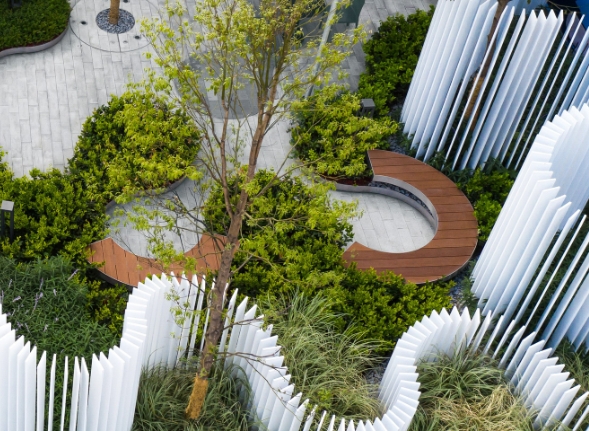Exploring the Evolution of Modern Architectural Styles
From the ornate buildings of the Victorian era to the sleek skyscrapers of today, modern architectural styles have undergone a dramatic transformation over the years. Let’s take a closer look at how these styles have evolved and changed over time.
Early Modernism: Breaking with Tradition
In the late 19th and early 20th centuries, architects began to break away from the ornate and decorative styles of the past in favor of a more minimal and functional approach. This period, known as early modernism, saw the rise of architects like Frank Lloyd Wright and Le Corbusier, who focused on clean lines, open spaces, and a connection to nature.
International Style: Form follows Function
In the 1920s and 1930s, the International Style emerged as a dominant force in modern architecture. Characterized by its emphasis on function over form, this style focused on simplicity, geometric shapes, and the use of modern materials like steel and glass. Architects like Ludwig Mies van der Rohe and Walter Gropius became the leading figures of this movement.
Postmodernism: Experimentation and Eclecticism
By the 1970s, postmodernism emerged as a response to the rigid principles of the International Style. Postmodern architecture embraced eclecticism, whimsy, and historical references, blending different styles and influences in innovative ways. Architects like Michael Graves and Philip Johnson became known for their playful and innovative designs.
Contemporary Architecture: Sustainability and Innovation
In the 21st century, contemporary architecture has continued to push boundaries and redefine traditional concepts of space and design. Sustainable practices, innovative technology, and a focus on social and environmental responsibility have become increasingly important in modern architectural practice. Buildings like the Burj Khalifa in Dubai and the Guggenheim Museum in Bilbao showcase the cutting-edge designs and advancements in contemporary architecture.
Looking to the Future
As we look to the future, it’s clear that modern architectural styles will continue to evolve and adapt to meet the changing needs and challenges of society. Whether it’s through sustainable practices, innovative technology, or a focus on community and collaboration, modern architecture will continue to shape the built environment in exciting and unexpected ways.

